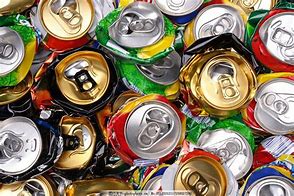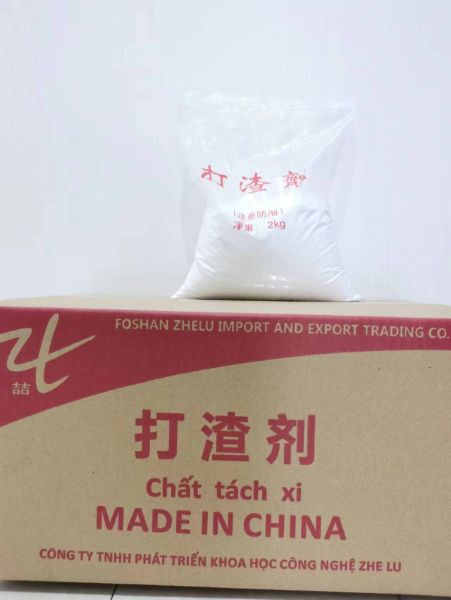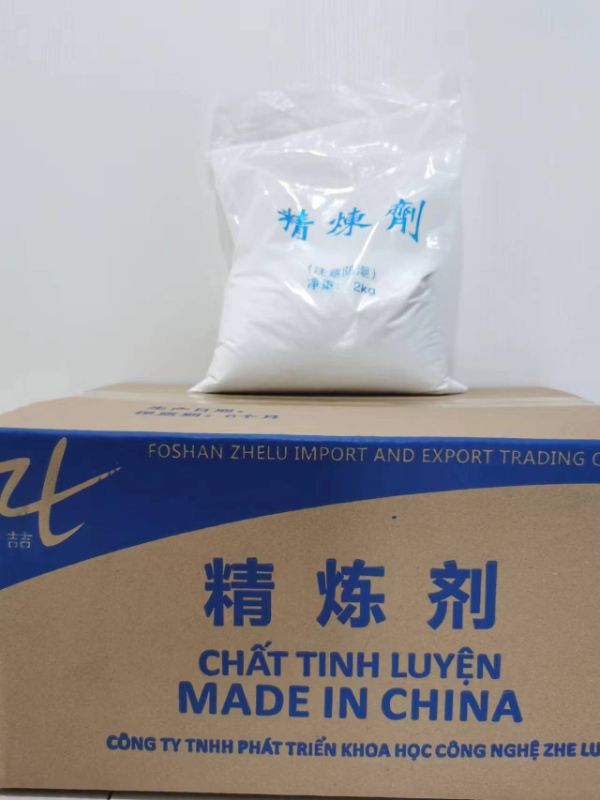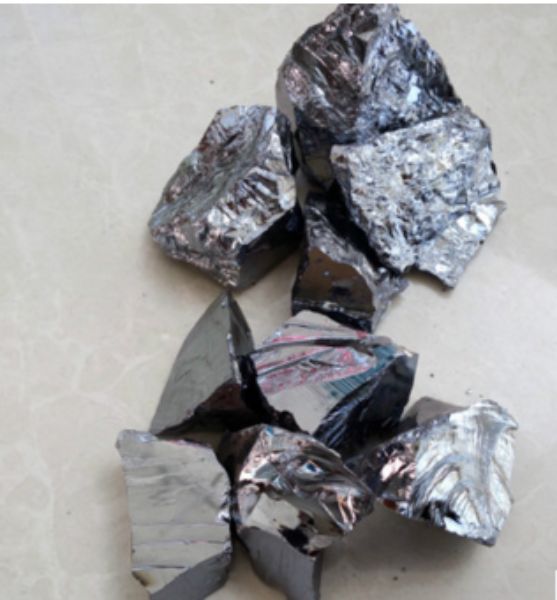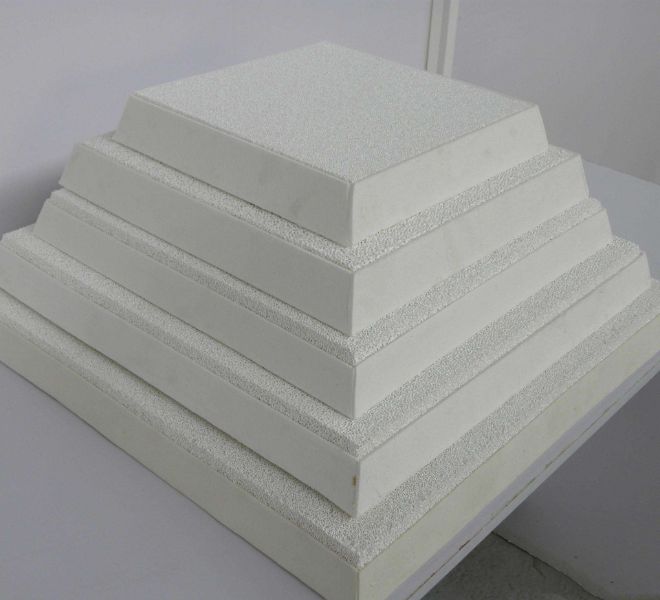Aluminum cans are a common sight in our everyday lives, serving as containers for beverages and other consumer products. These cans are made from a lightweight, corrosion-resistant, and recyclable material – aluminum. The production and recycling of aluminum cans involve several processes, including the melting of aluminum. In this article, we will explore the fascinating melting process of aluminum cans, focusing on key aspects such as the aluminum melting furnace, slag removal agents, refining agents, metallic silicon, and foam ceramic filters.
I. Aluminum Melting Furnace
The melting process of aluminum cans starts with the aluminum melting furnace, which plays a crucial role in transforming the solid aluminum into a molten state. There are various types of furnaces used in the industry, but the most common ones include the following:
Reverberatory Furnace: This furnace is designed with a low-profile, rectangular chamber where aluminum is heated indirectly through radiant heat from the roof and walls. The furnace can reach temperatures up to 1200°C, which is more than enough to melt aluminum.
Crucible Furnace: This type of furnace uses a refractory-lined crucible to hold the aluminum. The crucible is heated by electrical or gas-fired burners, and the aluminum melts within it.
Induction Furnace: This furnace relies on electromagnetic induction to generate heat in the aluminum. The process is clean and energy-efficient, making it a popular choice for melting aluminum.
II. Slag Removal Agents
During the melting process, impurities in the aluminum can form a layer of slag on the surface of the molten metal. To ensure the quality of the final product, it is essential to remove the slag. Slag removal agents, also known as fluxes, are chemicals that facilitate the separation of slag from the molten aluminum. Common slag removal agents include the following:
Sodium Chloride (NaCl): This salt assists in breaking down the slag, making it easier to remove.
Potassium Chloride (KCl): Like sodium chloride, potassium chloride helps in the disintegration of slag, promoting its separation from the molten aluminum.
Fluoride-based Fluxes: These fluxes help in the removal of oxide impurities and also reduce the melting point of the slag, making it easier to remove.
III. Refining Agents
Refining agents are used to enhance the quality of the molten aluminum by removing impurities such as hydrogen gas and inclusions. Some common refining agents include the following:
Hexachloroethane (C2Cl6): This compound decomposes in the molten aluminum, releasing chlorine gas that reacts with impurities, making them easier to remove.
Nitrogen Gas (N2): When nitrogen gas is bubbled through the molten aluminum, it helps to remove hydrogen gas and inclusions.
Argon Gas (Ar): Like nitrogen, argon gas can be used to remove hydrogen gas and inclusions from the molten aluminum.
IV. Metallic Silicon
Metallic silicon is added to the molten aluminum as an alloying element. The addition of metallic silicon improves the mechanical properties of the final product, such as its strength and hardness. Moreover, silicon also helps in refining the molten aluminum by reacting with impurities and promoting their removal.
In conclusion, the melting process of aluminum cans is a complex yet fascinating procedure that involves several critical components and steps. The aluminum melting furnace, whether it be a reverberatory, crucible, or induction furnace, serves as the backbone of the process, enabling the transformation of solid aluminum into a molten state. Slag removal agents, such as sodium chloride and potassium chloride, play a vital role in eliminating impurities and ensuring the quality of the molten aluminum. Refining agents, like hexachloroethane and nitrogen gas, further enhance the quality by removing hydrogen gas and inclusions. The addition of metallic silicon as an alloying element not only improves the mechanical properties of the final product but also aids in the refining process. Lastly, foam ceramic filters help in the final purification of the molten aluminum, resulting in a cleaner and higher-quality end product. Understanding these essential elements and steps provides valuable insight into the remarkable process behind the production and recycling of aluminum cans.
Post time: Apr-08-2023





